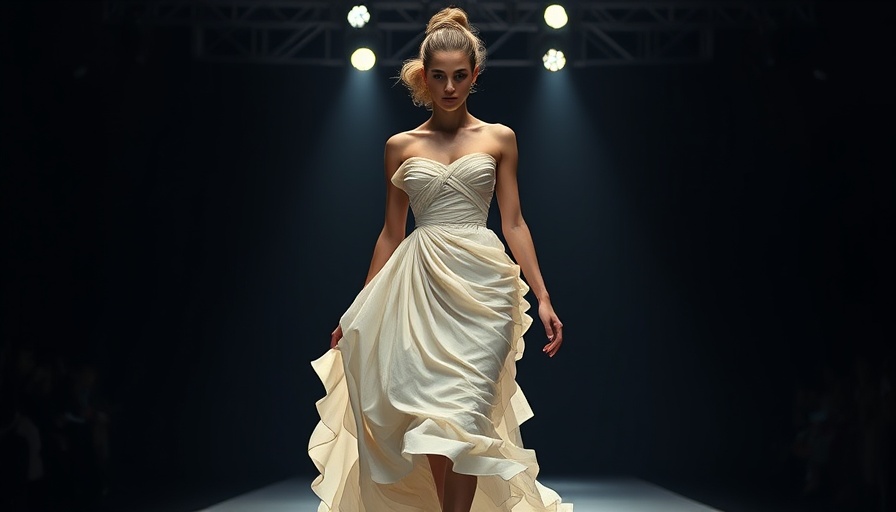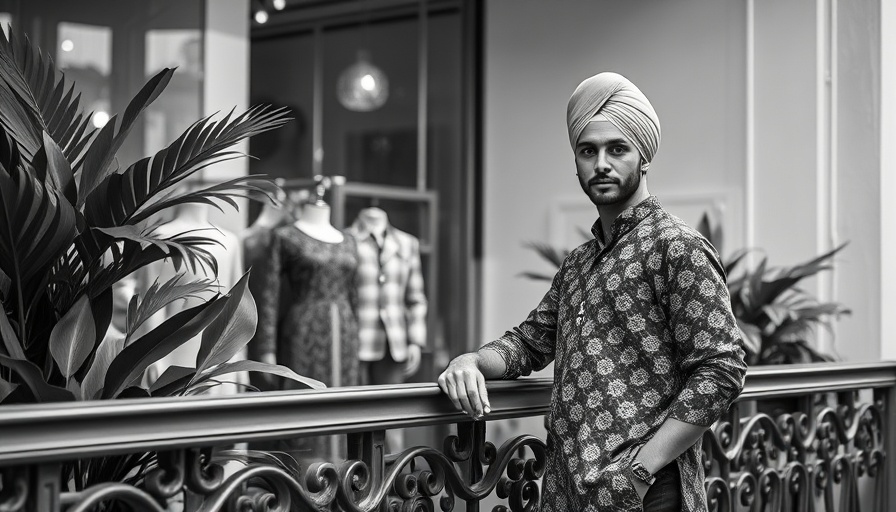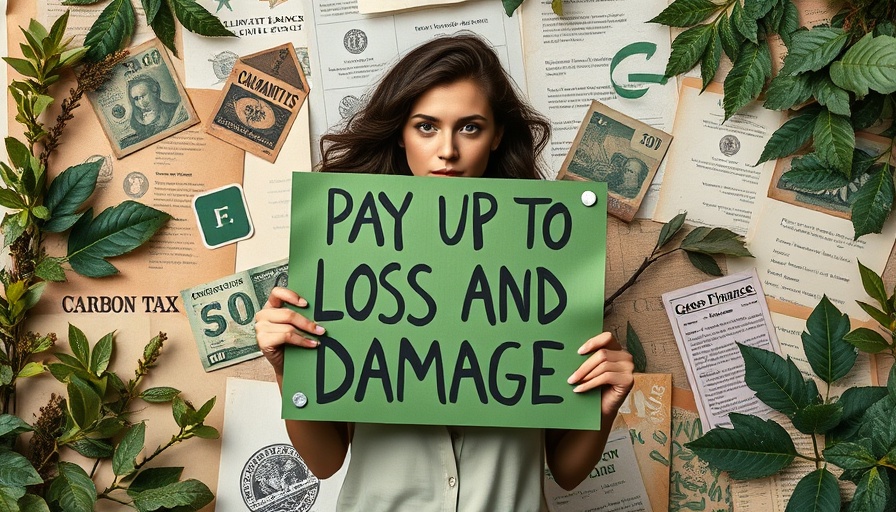
The Future of Fashion: Can Innovation Tackle Environmental Challenges?
The fashion industry has often been criticized for its substantial environmental footprint, but as designers embrace sustainable practices, it seems there’s a vibrant space for hope. At the forefront of this innovation is Iris van Herpen, whose Autumn/Winter 2025 collection boasts groundbreaking materials that could redefine couture and contribute to environmental conservation.
In a world increasingly burdened by sustainability discussions, van Herpen showcased a stunning dress made from protein fibers developed by Japanese biotechnology firm Spiber. As the CEO of Spiber, Kazuhide Sekiyama believes this innovation is key to curbing the adverse environmental impacts of traditional fashion. Unlike conventional fibers, the Brewed Protein™ by Spiber is not only biodegradable but also recyclable, presenting possibilities for a circular fashion economy.
Bridging Tradition with Innovation
Iris van Herpen's artistic vision consistently bridges the gap between tradition and innovation. Having previously integrated unconventional materials such as banana leaf and cocoa beans into her collections, her latest work continues this legacy of creativity. But it’s not just about aesthetics—by using living materials, she reflects the urgency for a paradigm shift in how fashion interacts with our planet.
The latest collection, titled "Sympoiesis," includes designs crafted from materials that resonate with environmental consciousness. The 'living dress' featuring bioluminescent algae is a striking reminder of nature’s potential within fashion. Such developments capture the imagination while sparking discussions on sustainability within the fashion ecosystem.
Overcoming Barriers: The Journey of Biomaterials
Despite the promising potential of biomaterials, there are challenges to their widespread adoption in fashion. High costs and longer lead times have hindered scalability, forcing brands to blend innovative fibers with traditional materials, as seen with Burberry's recent products. At the same time, the lack of accessibility prevents smaller brands from adopting these sustainable choices.
For instance, Spiber collaborated with leading fashion labels but faced hurdles in getting their fiber out of the laboratory and into production. However, with its new production plant in Thailand and the establishment of Spiber Europe, the firm aims to break through these barriers and help usher in a new era for sustainable textiles.
The Social Impact of Sustainable Fashion
As fashion enthusiasts in America eye these innovative developments, it's crucial to understand their broader social implications. Sustainable practices in the fashion industry not only address environmental issues but also foster ethical labor conditions and support local economies. Consumers increasingly prioritize brands that align with their values, and this trend can stimulate a market-driven shift towards sustainability.
Fashion is a powerful medium for social change, and as consumers embrace brands that advocate for responsible sourcing and production, the impact can ripple through society. This movement can lead to more companies prioritizing sustainability, improving overall industry standards.
Embracing Change: A Call to Action
The journey toward sustainable fashion encompasses a collective effort from consumers, brands, and innovators. As we celebrate the work of visionary designers like Iris van Herpen and biotechnology firms like Spiber, it is essential for individuals to support brands that prioritize sustainability. Making informed purchases, advocating for ethical practices, and sharing knowledge within our communities can foster significant change.
Ultimately, the question remains, can this dress save the world? While one dress alone cannot bear such a monumental responsibility, it symbolizes a pivotal moment where fashion begins to adopt a more sustainable and ethical approach. Together, through our choices and support for innovative solutions, we can contribute to a more sustainable future for the fashion industry.
To be part of this change, stay informed about sustainable fashion practices, explore whether your favorite brands align with your values, and engage in conversations about sustainability in your community. Together, let’s turn the tides towards a greener planet.
 Add Row
Add Row  Add
Add 



 Add Row
Add Row  Add
Add 
Write A Comment